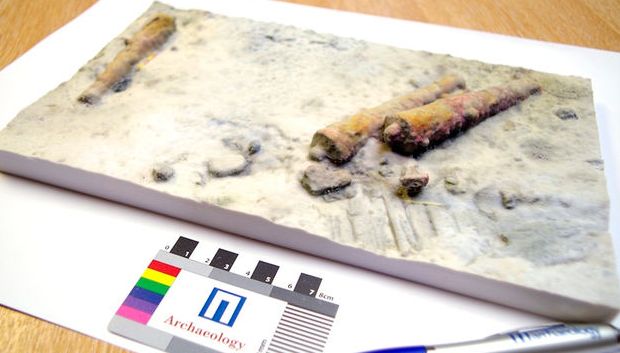The archaeologists in the UK are making use of the 3D printing technology to make 3D models of two 17th-century ship-wrecks. One is a shipwreck in Drum beg, in Scotland, which could be the Crowned Raven, probably, and the other is a steamship called HMHS Angelia which was believed to be a floating hospital in World War 1, found near the South coast of England.
Data was retrieved using photogrammetry and sonar imaging. McCarthy, a maritime archaeologist at Wessex University carried out the surveys with his colleague Jonathan Benjamin in 2012 and then in 2014. They took innumerable images of the site using photogrammetry and uploaded them onto their system to create a connected series. This enabled them to create a 3D point cloud that stores the images in a 3D space.
Photogrammetry produces high-resolution images that give the actual color combination of the site. Sonar imaging can penetrate through marine growth and take images of vast areas. Both the technologies were used to capture pictures of the 100m long HMHS Anglia where both a high-resolution device and a device covering huge areas were required.
And as pointed out by McCarthy, more and more marine archaeologists are using these technologies to create models of underwater imaging data. These models could be given away to museums for display after research is completed on them. The advancement in technology and reduction in cost has given a boost to these marine expeditions in the last 5 years.
Source: livescience.com
